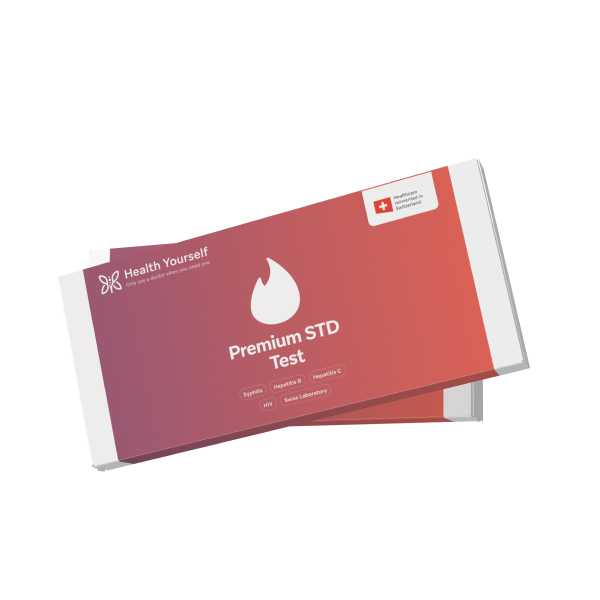What many people don’t know: Up to 80% of STDs do not cause any symptoms. That’s why it is key to get tested to protect your own and your partners’ health.
Get your lab results in 2-3 days
Order your test kit
Take your sample from home
Send your sample to the lab
Receive your results online
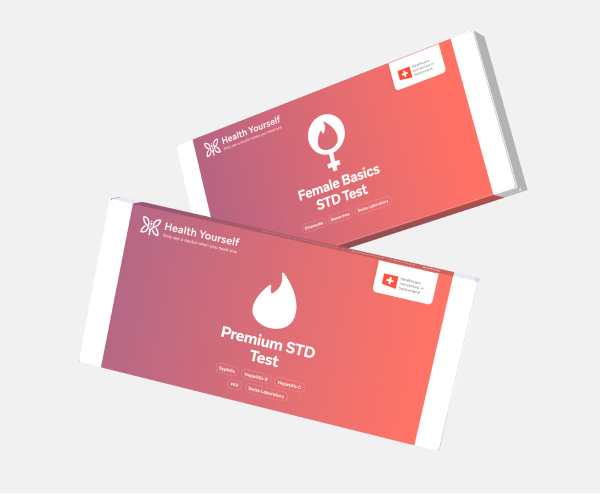
- Tests for Chlamydia & Gonorrhea, HIV, Syphilis, Hepatitis B & Hepatitis C in women
- Results in 2-3 days, analysis by Swiss lab
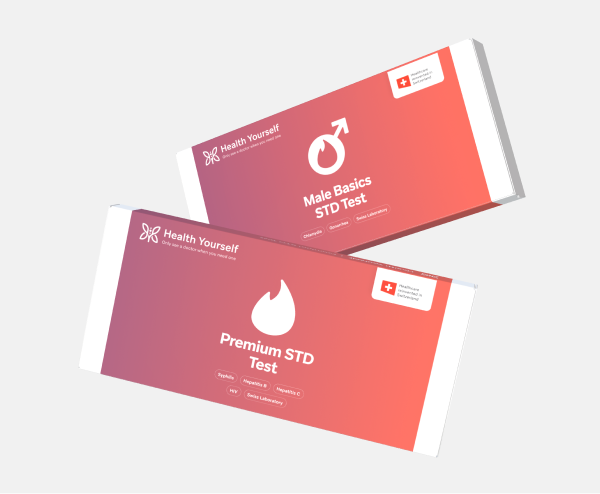
- Tests for Chlamydia & Gonorrhea, HIV, Syphilis, Hepatitis B & Hepatitis C in men
- Results in 2-3 days, analysis by Swiss lab
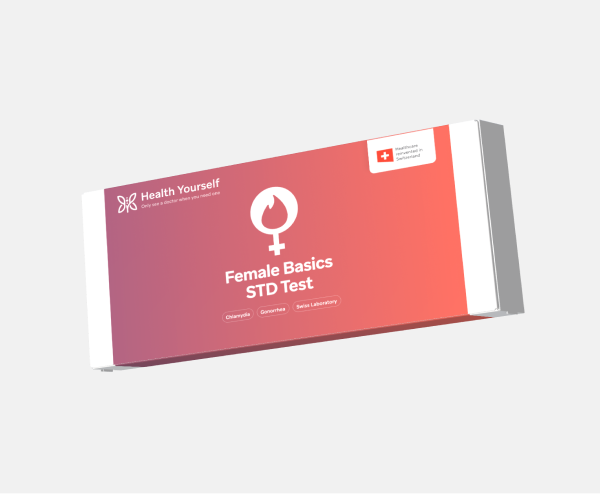
- Tests for Chlamydia & Gonorrhea (Tripper) in women
- Results in 2-3 days, analysis by Swiss lab
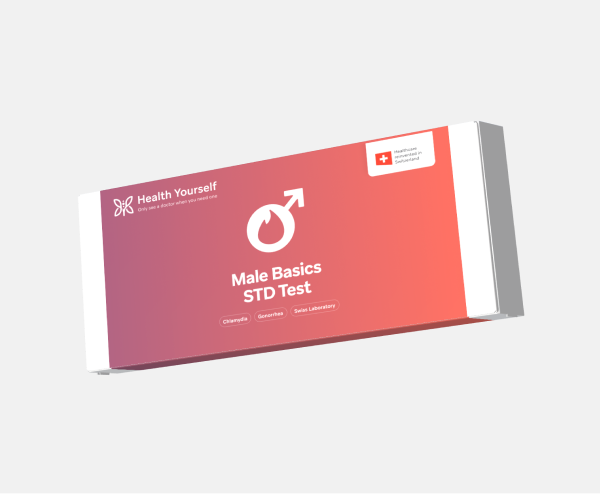
- Tests for Chlamydia & Gonorrhea (Tripper) in men
- Results in 2-3 days, analysis by Swiss lab
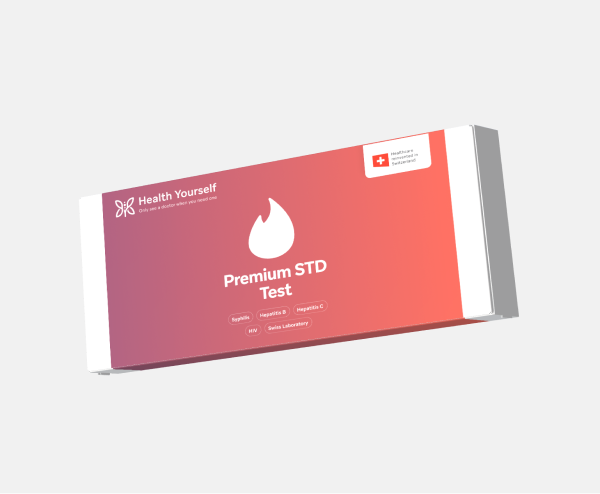
- Tests for HIV, Syphilis, Hepatitis B & Hepatitis C in women and men
- Results in 2-3 days, analysis by Swiss lab
FAQ
Your Questions, Answered
How quickly will I receive my test?
From Monday to Friday, all orders submitted before 16:00 are shipped on the same day and will usually arrive on the next working day including Saturday. All tests ordered over the weekend are shipped on Monday and usually arrive on Tuesday.
How will my test be delivered?
All tests are delivered by Swiss Post in discreet envelopes or parcels without any outside markings.
Will I be able to take my sample correctly without any medical training?
You do not require any medical training to use our tests. We provide very detailed instructions on how to take your sample and several thousand customers have already successfully taken their tests.
How do I return my sample to the lab for analysis?
You simply put your sample into the return box we provide with each test kit and drop the return box off in any Swiss Post mailbox. You do not need to add a stamp, this is already printed on the return box.
Who analyses my sample?
Your sample is analysed by one of our laboratory partners Medisyn, Bioanalytica or MCL / Dr. Risch, which are part of Sonic Suisse, Switzerland’s largest laboratory group.
Are the results as reliable as from a doctor's office?
All analyses included in this test are also offered through doctors' offices by our laboratory partners Medisyn, Bioanalytica and MCL / Dr. Risch. You effectively receive the same test, you only collect the sample from home instead of at the doctor's office.
Medisyn, Bioanalytica and MCL / Dr. Risch are part of the largest laboratory group in Switzerland and use state-of-the-art technology for analysis of all samples.
How long does it take to receive my results?
Your results are generally available online 2-3 working days after you have sent your sample to the lab for analysis.
Will I be able to understand my results without any medical training?
All tests results are easily understandable without any medical training and include clear explanations.
What if I test positive for an STD?
If you test positive, your test results will include clear guidelines on what to do next. As part of your results, you will also receive an official laboratory report from our accredited laboratory partner. Accordingly, laboratory reports are recognized by physicians in Switzerland and can serve as a basis for treatment. Soon, you will also be able to immediately access treatment through our platform, no doctor's visit needed.
Choose your sex






